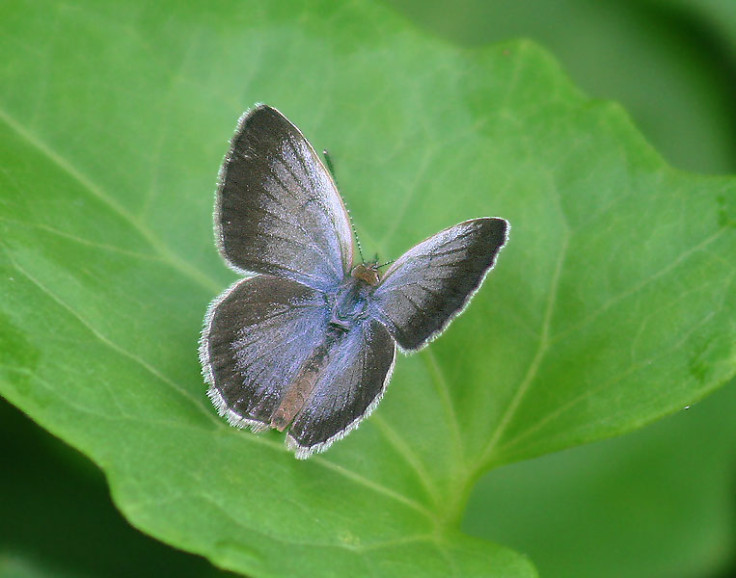Fukushima: Radiation from Contaminated Leaves Deforming and Killing Generations of Butterflies

Butterflies eating leaves from the area of the Fukushima nuclear power plant disaster are being found to have a higher rate of death and disease than average.
In a study published in the journal BMC Evolutionary Biology, researchers from the University of the Rukyus, Okinawa, Japan, fed groups of pale blue grass butterflies contaminated leaves from six different areas around the disaster site, at 59km and 1,760km away.
They then studied the effects on the offspring and found that those who were fed the same leaves as their parents also had enhanced negative effects from the radiation.
However, the offspring that were fed uncontaminated leaves were relatively normal. The scientists say this shows that if the food source is decontaminated, it can save the next generation.
"Our study demonstrated that eating contaminated foods could cause serious negative effects on organisms," said professor Joji Otaki from the University of Rukyus. "Such negative effects may be passed down the generations. On the bright side, eating non-contaminated food improves the negative effects, even in the next generation."
A previous study had shown serious radiation effects on the pale blue grass butterflies, but the new study used leaves picked a year after the disaster, holding much lower levels of radiation.
Even though the levels of radiation were lower, the butterflies still displayed a shorter lifespan and the ones with the larger doses of radiation were smaller, with some displaying morphological abnormalities like oddly shaped wings.
However, the offspring of the contaminated butterflies, who were then fed on a normal diet, only displayed smaller forewings, with no other visible effects.
© Copyright IBTimes 2025. All rights reserved.





















